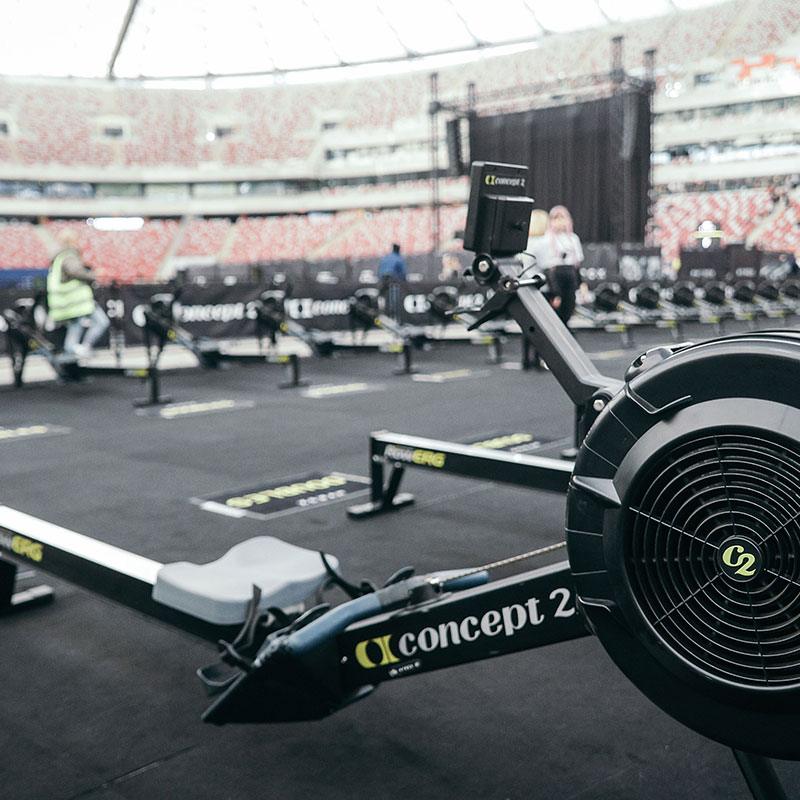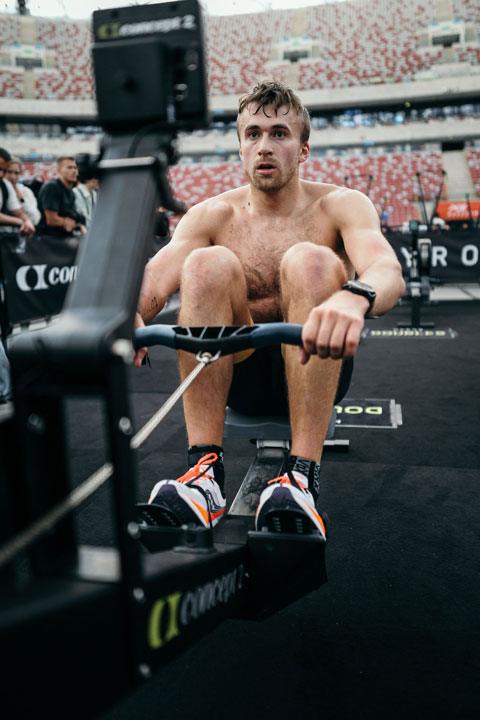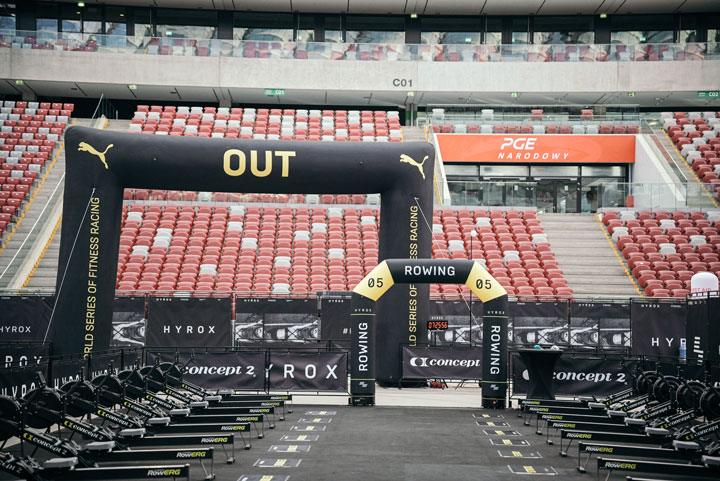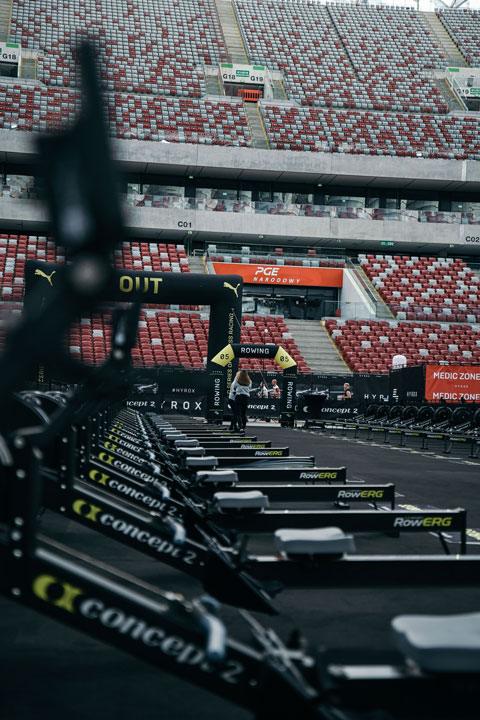Stay Efficient, Control Your Breathing, Save Your Legs
Your Complete Guide to Technique, Pacing & Smooth Rowing Under Fatigue
At this point in the race, your body is tired — and now you’re asked to sit down and row 1000 meters without letting your heart rate explode. It’s not about going hard. It’s about staying smooth and efficient. Athletes who row with power and control are the ones who gain time here instead of loosing it.
This guide will show you how to pace your row, what technique matters most in HYROX, and how to train for power without burning out your legs or back.
